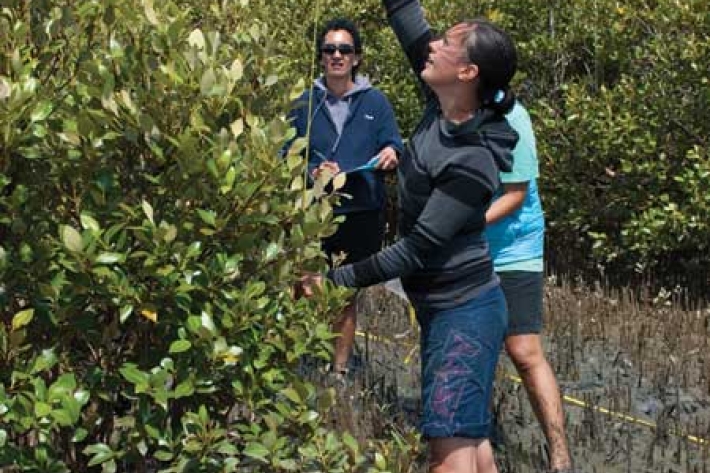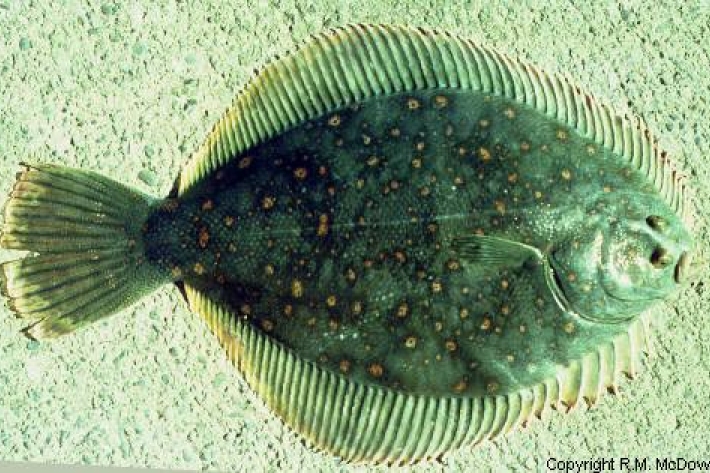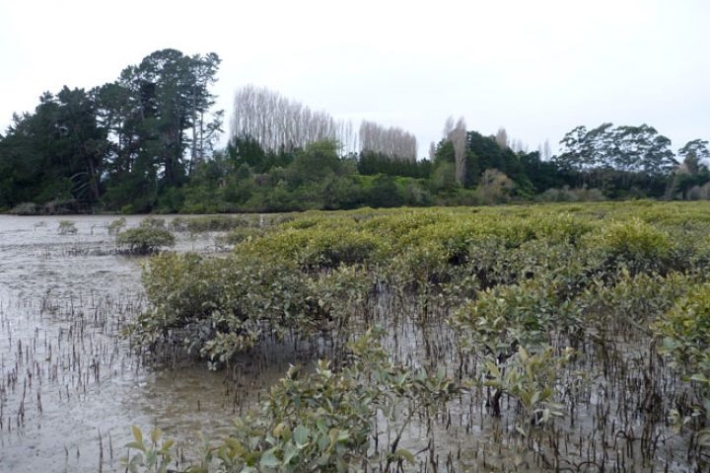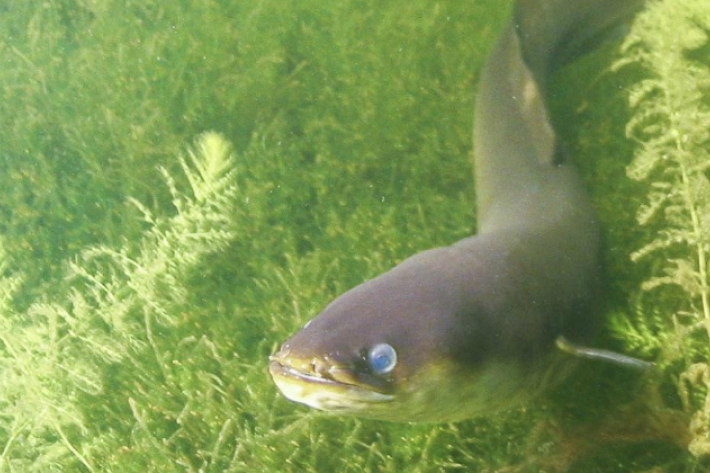Some of the useful methods, guidelines and modelling tools we've developed to assist with management of freshwaters.
-

Estuary monitoring by communities
These guidelines outline a recommended minimum set of methods for a community group interested in following habitat changes in an estuary. -
-

Freshwater ID guides
These guides are designed for rapid identification of freshwater flora and fauna for use in biomonitoring. -

NZ estuaries
Over the past decade, NIWA has published many popular articles that deal with estuaries - this overview is intended to bring together and make whole sense of the information published to date in the various popular articles. -

Setting maximum turbidity levels for riverine fish (DSS)
NIWA research has established turbidity limits to protect fish in New Zealand rivers. -

Environmental flow tools
Tools and software to assist with determining and managing environmental water flows. -

Freshwater fish calendars
NIWA's publication "Freshwater Fish Spawning and Migration Periods" is designed to help people working near freshwater to minimise effects of their work on freshwater fish species. -

Aquatic invertebrate traits database
Approximately 500 Aquatic invertebrate taxa are described in this database, made available to assist with the identification of specimens. -

Bottom lining for the control of submerged lake weeds
Bottom lining is the installation of a flexible covering over the top of beds of aquatic weeds, similar to using weed matting in home gardens. This control method is also called ‘benthic barriers’. -

Check Clean Dry actions
The Check Clean Dry Campaign aims to stop the spread of freshwater pests by encouraging people going through more than one waterway to check, clean and dry their gear in between. -

Cost-effective sampling for urban streams and stormwater
Water quality in urban streams and stormwater systems is frequently poor and highly variable, across both space and time. -
Diquat use for submerged weeds
Diquat is a herbicide (chemical) that has been used in New Zealand for many decades for submerged (underwater) weed control and also on agricultural crops. It is registered for freshwater use in New Zealand.
